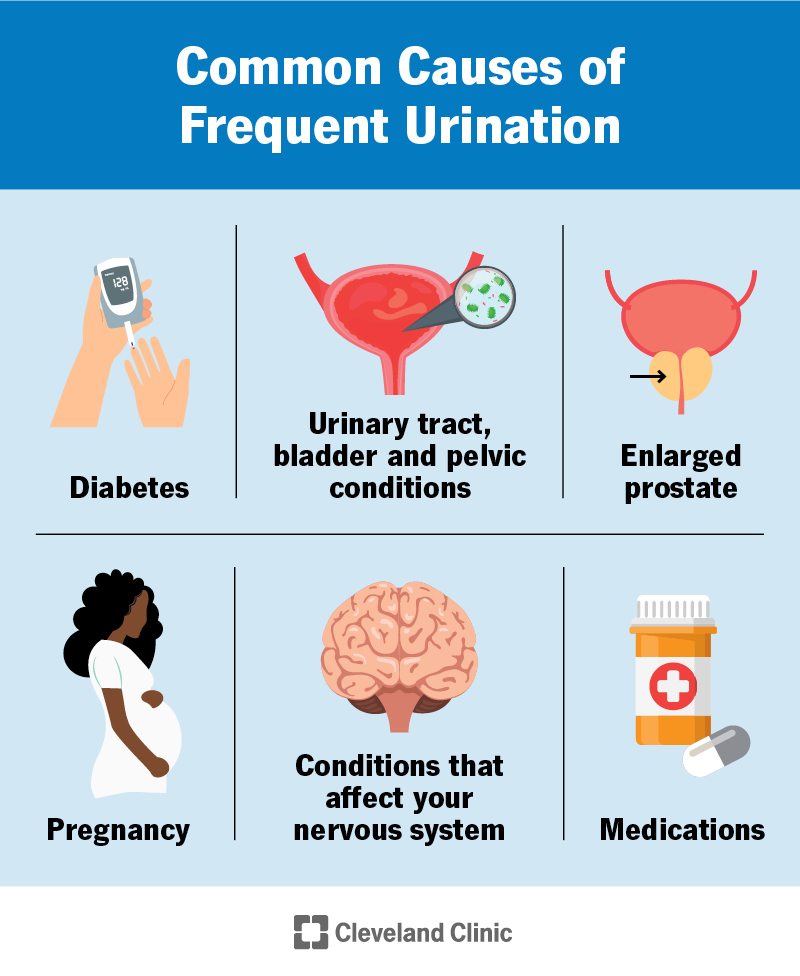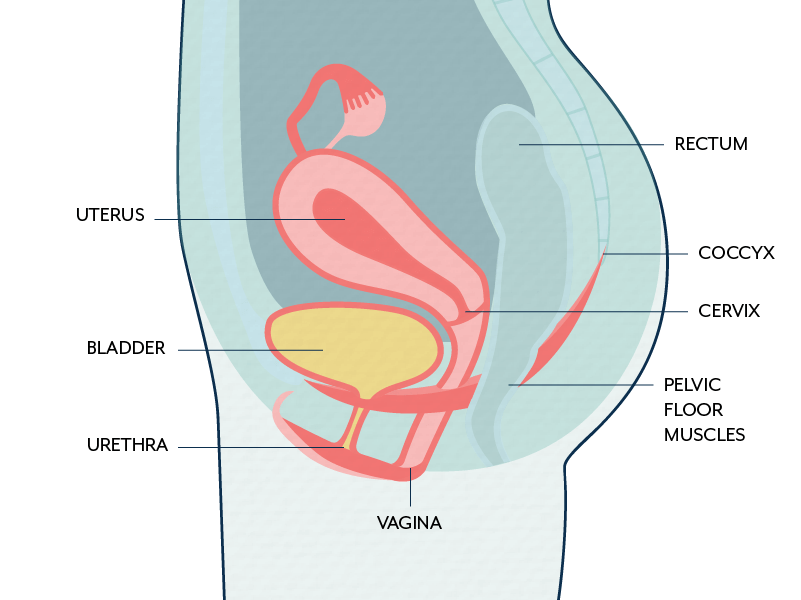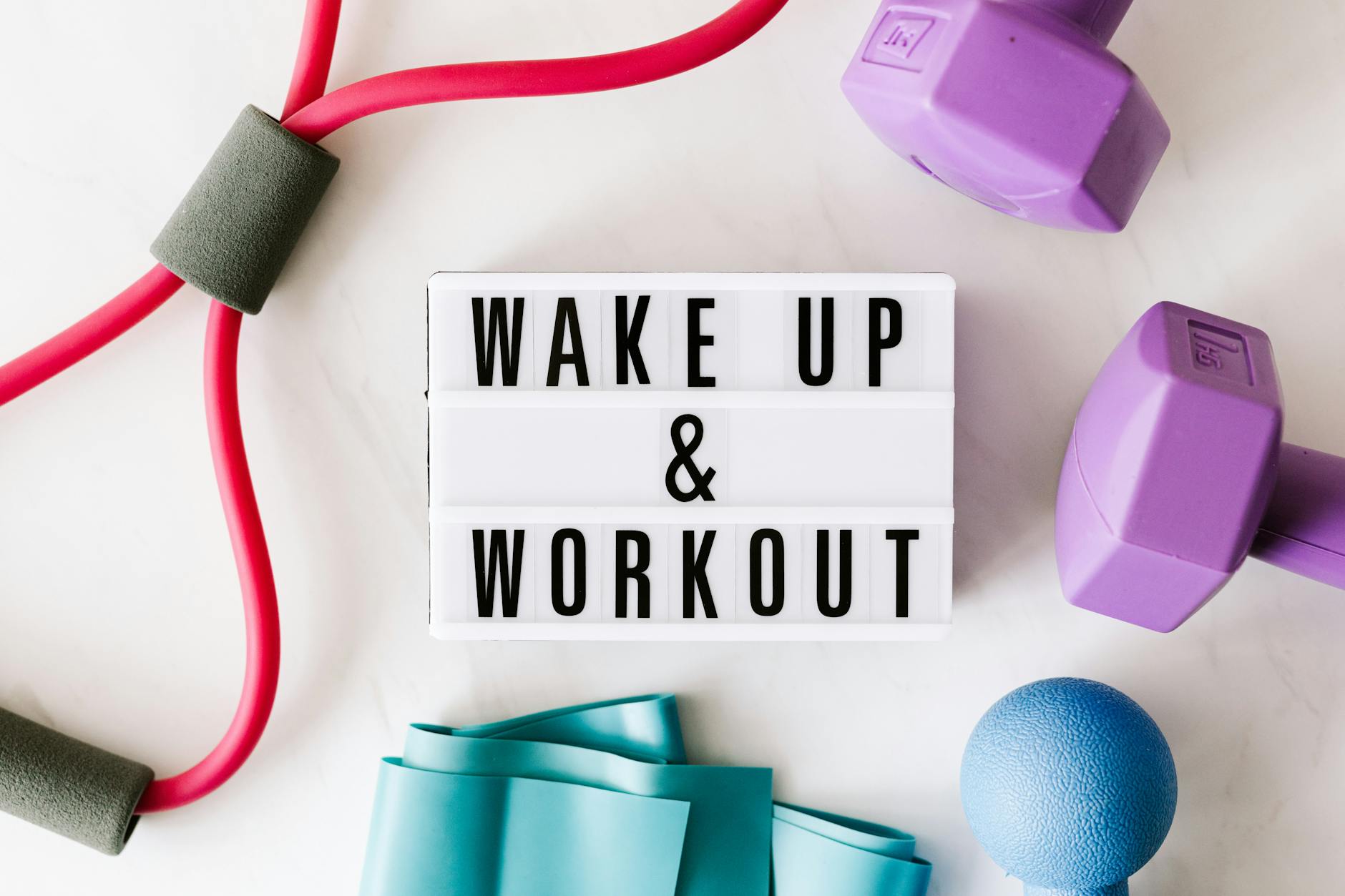Discover the expert secrets to preventing UTIs with powerful Kegel exercises – your key to better bladder health revealed!
Table of Contents
- Introduction to UTIs and Kegels
- Understanding Urinary Tract Infections
- Getting Started with Kegels
- Making Kegels a Fun Habit
- Bladder Health Basics
- Kegel Champions: Real-Life Stories
- Getting Help: When to Talk to a Doctor
- Protecting Your Bladder: More Awesome Tips
- Conclusion: Becoming a UTI-Beating Superhero
- FAQs: Questions Kids Ask About UTIs and Kegels
Introduction to UTIs and Kegels
We’ll start by understanding what a urinary tract infection (UTI) is and why it’s essential for us to know about it. UTIs are infections that can happen in the urinary system, which includes organs like the bladder and kidneys. Knowing about UTIs helps us take care of our bodies and stay healthy. Now, let’s discover what Kegel exercises are and how they can play a crucial role in preventing UTIs.
Kegel exercises are a simple but powerful way to strengthen the muscles in our pelvic floor. These muscles support important organs like the bladder and help control our bathroom habits. By doing Kegel exercises regularly, we can keep these muscles strong and reduce the chances of developing a UTI, which is a super important part of maintaining good bladder health.
Understanding Urinary Tract Infections
Urinary tract infections, also known as UTIs, can be a real bother for both boys and girls. These infections happen when bacteria get into the urinary tract, which includes the bladder and the tubes that carry pee out of the body.
How Do UTIs Happen?
When bacteria from the skin or poop find their way into the urinary tract, they can cause an infection. This can make you feel like you need to pee all the time, even if there’s not much pee coming out. It might also burn or hurt when you go.
Spot the Signs of a UTI
If you notice that you’re peeing often, or if it burns or hurts when you go, those could be signs of a UTI. You might also feel like your belly hurts or have a fever. It’s important to let an adult know so you can see a doctor and get the right treatment.
Meet Your Pelvic Floor Muscles
Have you ever heard of your pelvic floor muscles? They’re like a hidden superhero in your body! These muscles are located at the bottom of your pelvis, kind of like a hammock holding up important organs like your bladder and intestines. When you do Kegel exercises, you’re giving these muscles a workout, making them stronger and better at their job of supporting your insides.
Why Kegels Are Great for Kids Too
Even though Kegel exercises may sound like something only grown-ups do, kids can benefit from them too! By strengthening your pelvic floor muscles early on, you’re helping prevent issues like urinary tract infections (UTIs) and bedwetting. Plus, having strong pelvic floor muscles can make jumping, running, and playing even more fun and comfortable!
Getting Started with Kegels
Are you ready to learn how to do Kegel exercises like a pro? Let’s get started on strengthening those important pelvic floor muscles to help prevent urinary tract infections (UTIs).
Image courtesy of www.quora.com via Google Images
Finding the Right Muscles
First things first, you need to know which muscles you should be targeting when doing Kegel exercises. It’s easier than you think! Next time you go to the bathroom, try stopping your pee midstream. The muscles you engage to do this are the same ones you’ll be working during Kegels.
How to Kegel: A Step-by-Step Guide
Now that you’ve identified your pelvic floor muscles, it’s time to start exercising them. Here’s a simple step-by-step guide to help you perform Kegel exercises correctly:
1. Sit or lie down in a comfortable position.
2. Squeeze the muscles you identified earlier (the ones used to stop peeing) and hold for a count of 3-5 seconds.
3. Relax the muscles for the same amount of time.
4. Repeat this squeezing and relaxing process 10-15 times in a row.
Remember, it’s essential to breathe normally and avoid tensing your stomach, thighs, or buttocks while doing Kegels. Practice this exercise regularly to keep your pelvic floor muscles strong and healthy.
Making Kegels a Fun Habit
When it comes to keeping our bodies healthy, it’s essential to find ways to make good habits enjoyable. Kegel exercises may sound like serious business, but they can actually be a lot of fun if you approach them in the right way. Here are some tips to help you incorporate Kegels into your daily routine with a smile on your face!
Creating a Kegel Routine
First things first, let’s make a plan for when and how you’ll do your Kegel exercises. Choosing a specific time each day to practice your Kegels can help you stay consistent. You could even tie it to another daily activity, like brushing your teeth or doing your homework. Soon enough, it’ll become second nature!
Fun Kegel Exercise Games
Who says exercises can’t be fun and games? You can turn your Kegels into a playful activity by incorporating them into games you already enjoy. Try squeezing your pelvic floor muscles every time you jump in a video game or while watching your favorite TV show. Before you know it, you’ll have completed your Kegels for the day without even realizing it!
Bladder Health Basics
Did you know that what you drink can affect your bladder’s health? Choosing the right drinks can make a big difference in keeping your bladder clean and happy. Water is the best choice because it helps flush out harmful bacteria that can cause infections. Stay away from sugary drinks like sodas and juices, as they can irritate your bladder and make it more prone to infections. Opt for water or unsweetened herbal teas to keep your bladder in top shape.
| Kegel Exercise | Benefit |
|---|---|
| Regular Kegels | Strengthens pelvic floor muscles which can help in preventing UTIs |
| Reverse Kegels | Relaxes pelvic floor muscles and improves bladder control |
| Intermittent Kegels | Improves muscle endurance and control over bladder functions |
| Quick Flick Kegels | Enhances muscle response time and can help prevent leakage |

Image courtesy of my.clevelandclinic.org via Google Images
Bathroom Habits That Help
Good bathroom habits play a crucial role in maintaining a healthy bladder. It’s essential to listen to your body and go to the bathroom when you feel the urge. Holding in your urine for too long can increase the risk of infections. Remember to always wipe from front to back after using the toilet to prevent bacteria from entering your urethra. Also, make sure to pee right after sex to flush out any bacteria that may have entered your urinary tract. These simple habits can go a long way in protecting your bladder from infections.
Kegel Champions: Real-Life Stories
Let’s hear from some awesome kids who have embraced Kegel exercises and seen the benefits firsthand!
Alex, a 9-year-old soccer enthusiast, used to struggle with frequently getting UTIs. However, after learning about Kegel exercises in a health class at school, Alex decided to give them a try. With dedication and practice, Alex noticed a significant improvement in his bladder health. Now, he’s unstoppable on the field and no longer worries about those pesky UTIs slowing him down.
Emily, a 10-year-old ballet dancer, found that Kegel exercises not only improved her bladder health but also enhanced her dance performance. By strengthening her pelvic floor muscles through regular Kegels, Emily gained better control over her movements and felt more confident during her performances. Now, she’s twirling and leaping with grace and without any UTI worries.
James, an 11-year-old aspiring scientist, wanted to find a solution to his recurrent UTIs that didn’t involve constant visits to the doctor. After researching the benefits of Kegel exercises online, James decided to incorporate them into his daily routine. To his delight, James found that his bladder health significantly improved, and he no longer had to deal with the inconvenience of UTIs interrupting his experiments. Now, he’s busy discovering new scientific breakthroughs without a UTI in sight!
Getting Help: When to Talk to a Doctor
It’s essential to know when it’s time to seek help from a doctor, especially when you’re dealing with bladder problems. If you’re experiencing symptoms like pain or a burning sensation while peeing, feeling the urge to pee frequently but passing only small amounts of urine, or noticing cloudy or bloody urine, it’s important to tell an adult right away.

Image courtesy of liveutifree.com via Google Images
If you’re finding yourself running to the bathroom more often than usual, waking up in the middle of the night to pee, or feeling like you can’t hold your pee, these could be signs of a urinary tract infection (UTI) or other bladder issues that may need medical attention.
Remember, it’s always better to be safe than sorry when it comes to your health. Don’t be afraid to speak up and ask for help when you need it. A doctor can provide you with the right treatment and guidance to help you feel better and keep your bladder healthy.
Protecting Your Bladder: More Awesome Tips
We’ll learn other amazing tips to keep your bladder healthy and strong.
From Foods to Flushes: More Tips for Bladder Health
Eating well and staying clean are essential for a healthy bladder. To keep your bladder happy and prevent UTIs, here are some more tips:
1. Stay Hydrated: Drinking plenty of water helps flush out bacteria from your bladder and keeps it clean. Avoid sugary drinks that can irritate your bladder.
2. Eat Bladder-Friendly Foods: Foods like cranberries, blueberries, and yogurt are great for your bladder health. These foods contain nutrients that can help prevent UTIs.
3. Keep It Clean: Practicing good hygiene, especially after using the bathroom, can prevent bacteria from entering your bladder. Make sure to wash your hands properly and wipe from front to back.
4. Don’t Hold It In: When you feel the urge to go to the bathroom, don’t wait. Holding in urine can lead to UTIs as bacteria have more time to multiply in your bladder.
5. Dress Appropriately: Wearing loose, comfortable clothing can help prevent UTIs by allowing proper airflow to the bladder area. Tight clothing can create a warm, moist environment that bacteria love.
By following these simple tips, you can help protect your bladder and maintain good overall urinary health.
Conclusion: Becoming a UTI-Beating Superhero
Throughout this blog post, we’ve learned so much about how to become a superhero in the fight against urinary tract infections (UTIs). By harnessing the power of Kegel exercises and understanding the importance of bladder health, you have the tools to keep those pesky UTIs at bay.
Image courtesy of www.quora.com via Google Images
With the knowledge of how UTIs happen and the signs to watch out for, you can be proactive in taking care of your bladder health. Remember, prevention is key, and by incorporating Kegel exercises into your daily routine, you can strengthen your pelvic floor muscles and make your bladder a fortress against UTIs.
The Power of Prevention
By making Kegels a fun habit, creating a routine, and playing games to keep it entertaining, you’re not only taking care of your bladder but also setting yourself up for a healthier future. Healthy drinks, good bathroom habits, and a balanced diet all play a role in maintaining a happy bladder.
And don’t forget, you’re not alone in this journey. Real-life stories of kids who have embraced Kegel exercises and seen the benefits can inspire you to become a Kegel champion yourself. Their success stories show that with dedication and consistency, you can achieve bladder health too.
Empower Yourself
Remember, if you ever have any concerns about your bladder health or experience symptoms of a UTI, don’t hesitate to talk to a trusted adult and seek help from a doctor. Your health is important, and it’s always better to address any issues early on.
So, arm yourself with the knowledge you’ve gained here, embrace the superhero within you, and soar into a future free from UTIs. You have the power to become a UTI-beating superhero, and with Kegel exercises and a focus on bladder health, you can conquer any challenges that come your way. Stay strong, stay healthy, and keep fighting the good fight against UTIs!
FAQs: Questions Kids Ask About UTIs and Kegels
Answering some common questions that kids might have about UTIs and Kegels.
Can Kegels Really Stop UTIs?
Yes, they can! Kegel exercises are like superhero training for your pelvic floor muscles. Just like how Superman has super strength to fight villains, Kegels help your pelvic muscles become super strong to fight off UTIs. When these muscles are strong, they can keep bacteria from sneaking into your bladder and causing infections. So, remember to practice your Kegels regularly to keep those UTIs at bay!
How Often Should I Do Kegels?
Doing Kegels is fun and easy, so you can do them anytime and anywhere. Aim to do a set of Kegel exercises at least three times a day. You can include them in your daily routine, like during TV commercial breaks, before bedtime, or even while brushing your teeth. The more you practice Kegels, the stronger your pelvic floor muscles will become, making it harder for UTIs to bother you. So, get ready to strengthen those muscles and protect your bladder like a superhero!





